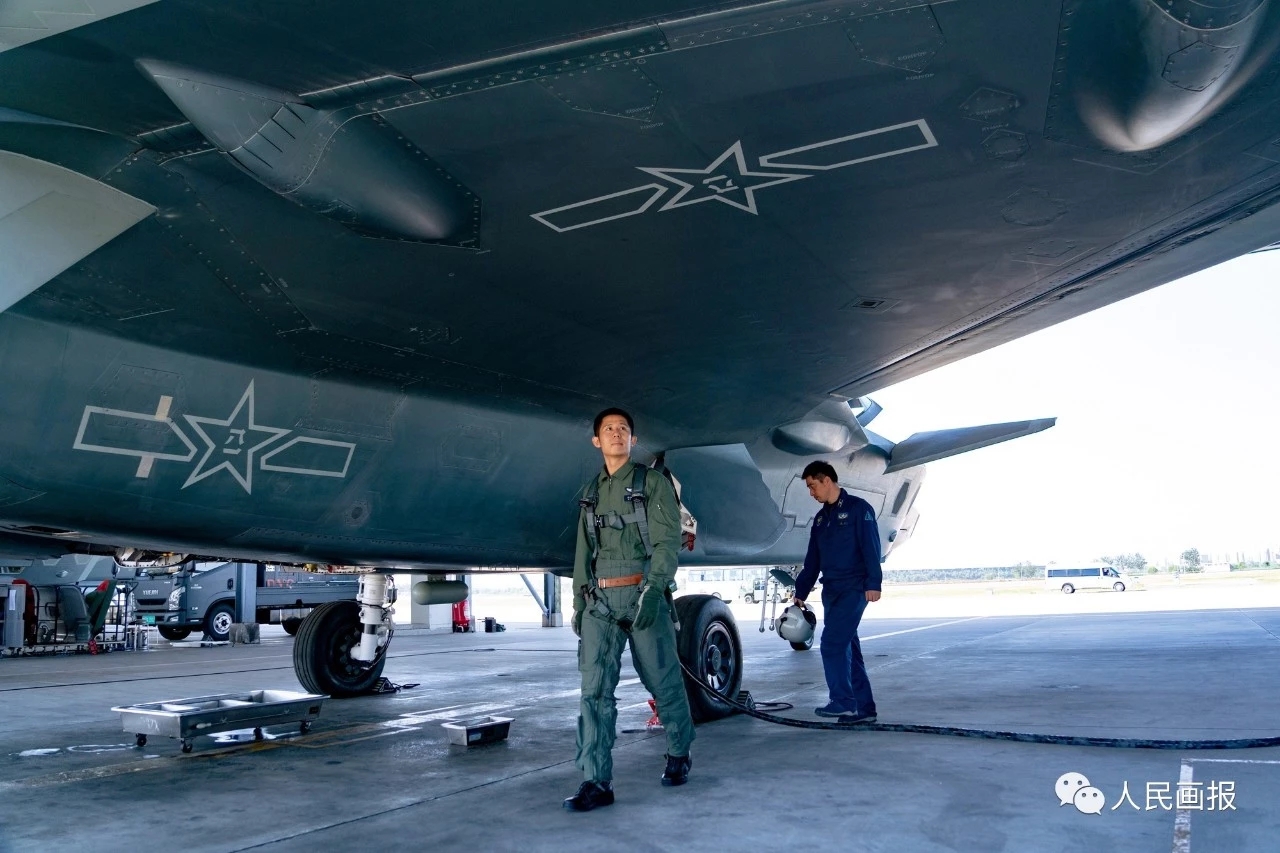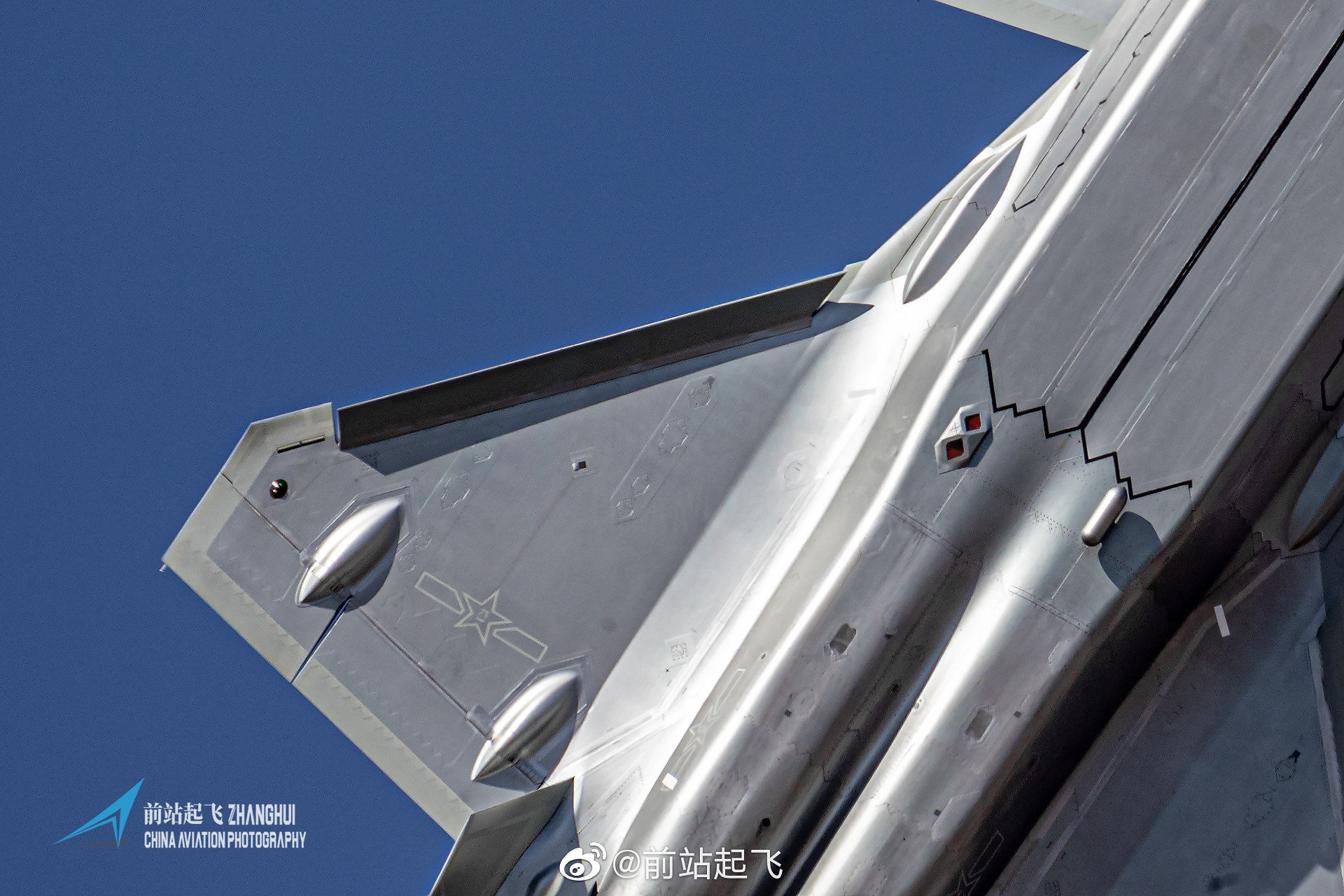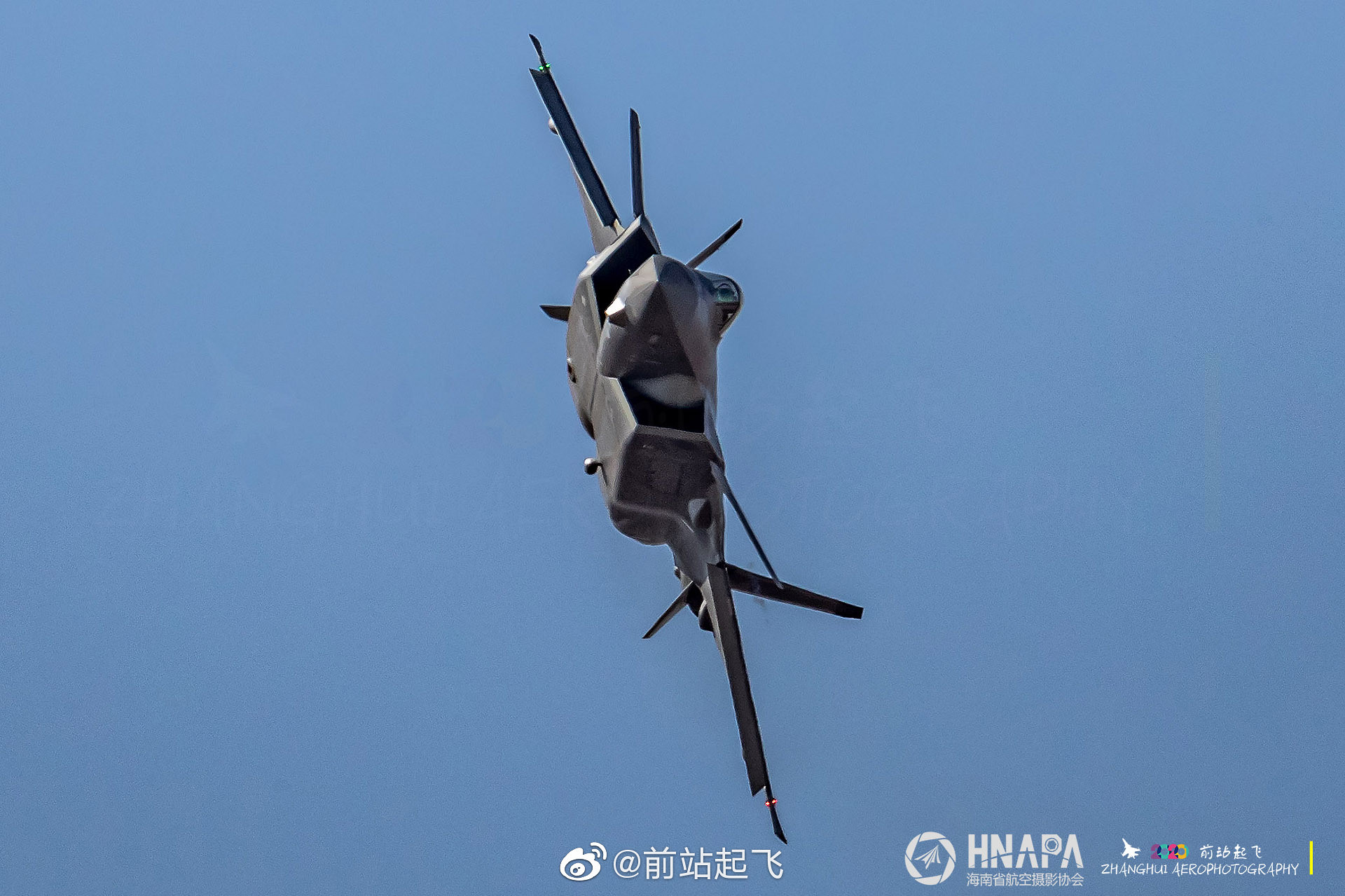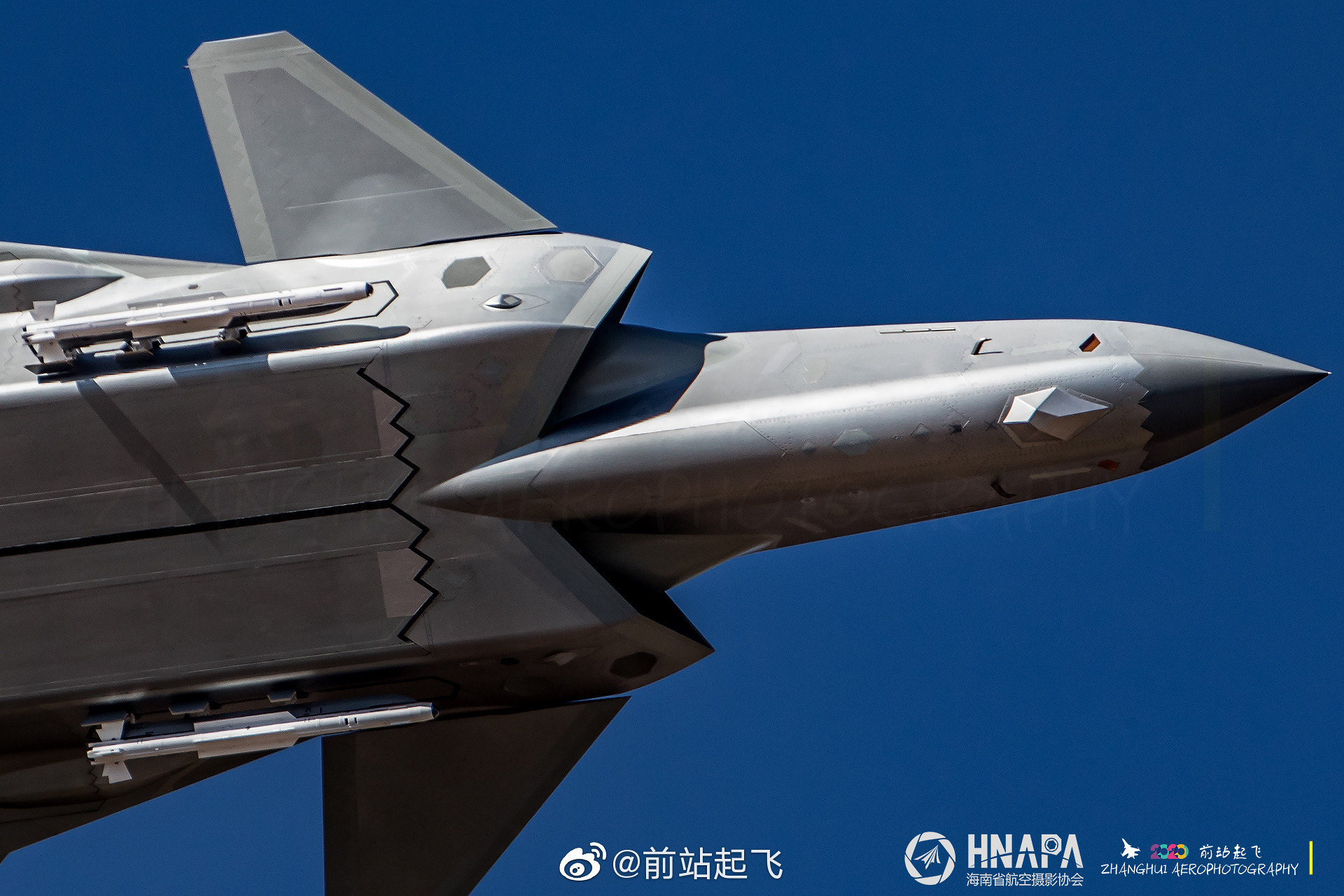Szu-27-re gondolt szerintem. A fél világ mondjuk így is vicces, éles légiharban azt hiszem csak az eritreai MiG-29-esek ellen vett részt, azt meg lelőtte.Ki verte meg a Szu-35öst, és hogyan?
J-20 (Chengdu, Kína)
- Téma indítója GrGLy
- Indítva
You are using an out of date browser. It may not display this or other websites correctly.
You should upgrade or use an alternative browser.
You should upgrade or use an alternative browser.
T
Törölt tag
Guest
Vette akart lenni, csak elírtamKi verte meg a Szu-35öst, és hogyan?
T
Törölt tag
Guest
Robi, egy Míg 29es is nagyobb távolságból fogja be a célt, pedig az nem szuper kínai...Az még az alap j-11 volt még csak nem is a j-11B .Sőt már B- változatot is modernizálják BG AESA radar stb
J-11BG a j-16 AESA radarjával
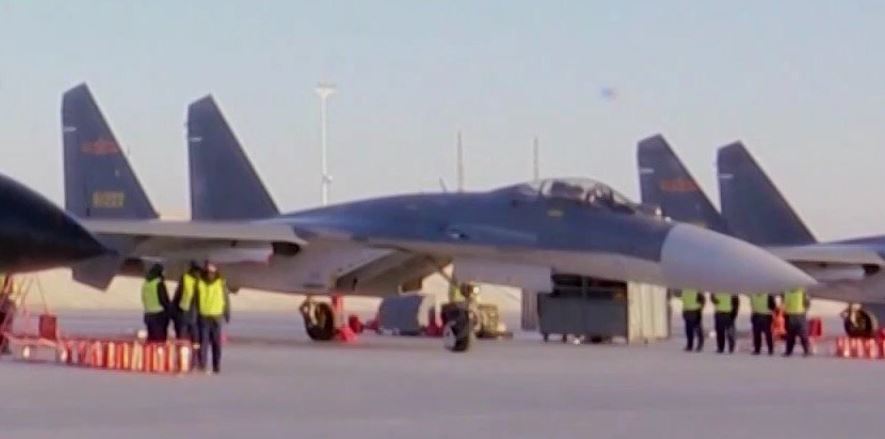
Mellette a fekete orrú a j-11B
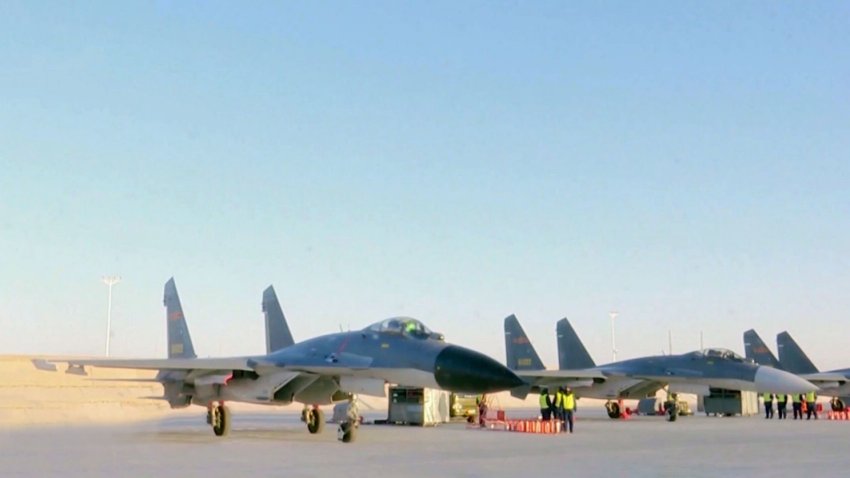
Az nem esett le még hogy nem mutassak a gép valos képességeit az ellenfélnek? Ott volt pl a jenki légierő f15 sei ellen az indiai szu30mki gyakorlaton, majd ki derült hogy az indiaiak a radartvsem kapcsolhattak be orosz keresre es egyed modulokat ki kellet szerelni a gépből. A j11 klon a Szu-27 export verziója volt. Gondolhatod milyen teljesítménye lehetett. Nemhiába jött a j11b amiből több lett gyártva es már bg modernizacio is vanRobi, egy Míg 29es is nagyobb távolságból fogja be a célt, pedig az nem szuper kínai
Mégse kellettek a szuper orosz rakéták a j16 j10A/B/c j20nakszuper kínai...
Valahogy egy hosszúplatós pickup jut róla eszembe.
Platós IFA oldalfalak nélkülValahogy egy hosszúplatós pickup jut róla eszembe.
Nem tűnik lehetetlennek, évi 40-50 darab. Viszont még hangsúlyosabb lehet, hogy ténylegesen mennyire van kész a gép. Ha 200 db-nál jön ki náluk hasonló gigszer, mint amibe az F-35 is beleszaladt, az hatalmas szívás lesz.Azt meg tudom érteni, hogy kéne nekik sűrgősen 200-300 gép, mivel az F-35 is nagyon gyorsan terjed a környékükön. De, hogy ilyen gyorsan le is tudnák gyártani őket????
Google fordító mondjuk nem a legjobb, de ha magyarul lenne, akkor sem igazán érteném.
Esetleg @molnibalage majd megszakérti.
https://mil.news.sina.com.cn/zhengming/2020-08-24/doc-iivhuipp0347548.shtml
Esetleg @molnibalage majd megszakérti.
https://mil.news.sina.com.cn/zhengming/2020-08-24/doc-iivhuipp0347548.shtml
M
molnibalage
Guest
Nem nagyon tudok mit szakérteni. Az egyetlen angolra átrakott dolog, amit talán jól fordít az "zero-lift drag coefficient", de egy értéke alapján felcímkézni a gépet kb. autóskártyás szint.Google fordító mondjuk nem a legjobb, de ha magyarul lenne, akkor sem igazán érteném.
Esetleg @molnibalage majd megszakérti.
https://mil.news.sina.com.cn/zhengming/2020-08-24/doc-iivhuipp0347548.shtml
M
molnibalage
Guest
Ok, de ott voltak mindenféle számok is: 2,1-2,2 a J-20 esetében.
??
"open lift coefficient"-nek fordított valamit. Soha nem hallottam róla, hogy mi az. Ez fordítási zizi lehet.
"Its lift coefficient is not less than 2.1-2.2, the first in the world"
Ez meg simán értelmetlen, mert a Cl és a Cd s állásszög függő. Ezen felül ez az érték ebben a formában semmitmondó.
J-20 to be like a bee on radar
According to CCTV’s report on CETC, its experts are testing a special stealth equipment as small as a cigarette box, to make stealth fighters like a bee on radar.
It’s speculated that once the new equipment is developed, it would be applied to J-20 fighter.
Besides, CCTV also unveiled the corporation’s RCS measuring microwave chamber, which has a group of metal balls of different sizes. And its RCS standard ball is as big as an American football, indicating that J-20’s initial stealth performance is as good as F-22.

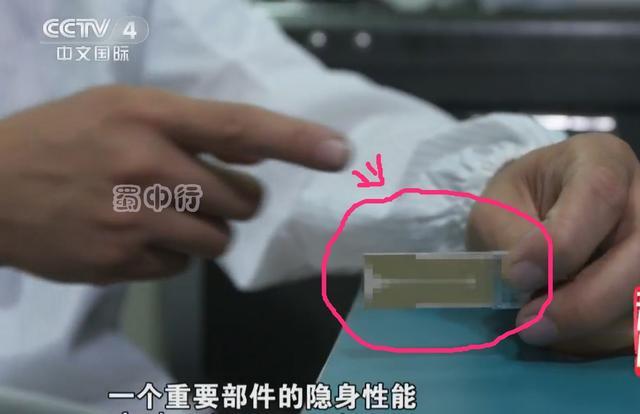
According to CCTV’s report on CETC, its experts are testing a special stealth equipment as small as a cigarette box, to make stealth fighters like a bee on radar.
It’s speculated that once the new equipment is developed, it would be applied to J-20 fighter.
Besides, CCTV also unveiled the corporation’s RCS measuring microwave chamber, which has a group of metal balls of different sizes. And its RCS standard ball is as big as an American football, indicating that J-20’s initial stealth performance is as good as F-22.

J-20 has the highest lift coefficient and aerodynamic layout better than F-22: expert
According to a report from China’s “Ordnance Science and Technology” magazine on August 24, prior to July 15, the State Intellectual Property Administration of China announced the results of the 21st China Patent Awards. And the appearance design patent of J-20’s “lifting body side strip canard wing layout” won the gold prize of China Patent Award.
The report quoted equipment expert from the Chinese Air Force – Fu Qianshao as saying that J-20 uses a lift body fuselage, canards, sidebars, wings, rear side rails, camber double ventral fins, and camber full-motion double vertical tails based on vortex control technology. If the design level is high and properly controlled, it will produce huge lift gains and drag reduction effects. And its lift coefficient is about 2.1 to 2.2, ranking the first in the world.
Fu Qianshao said that the conventionally deployed US F-22 fighter has a lift coefficient reported to be about 1.7 and a supersonic cruise zero-lift drag coefficient of about 0.035. China has used a high-precision scaled-down model for wind tunnel tests, and the measured data are similar to the reported numbers, proving that the lift and drag coefficients of J-20 are significantly better than those of the F-22.
According to the report, in the conventional layout, when tail flatting maneuver the aircraft to raise its head, it has to deflect downward to generate negative lift and press down the tails, which belongs to the loading rudder surface. However, after the aircraft has a positive angle of attack, it will partially offset the negative angle of attack for the flat tails, reducing its efficiency.
However, J-20 has a mid-to-late canard layout, with large canard wing areas and long distances from the wings, with a side strip transition in the middle, which can use the multi-vortex interference generated by different aerodynamic surfaces to improve the lift and drag characteristics of the aircraft, thereby improved its control torque.
In addition, J-20 has larger rear side rails, double camber ventral fins, and full-moving double vertical tails with a larger camber angle. At high angles of attack, the side rails of the rear aircraft can provide certain pitch stability and head-down moment; the camber double ventral fins are located in a low position and are not easily affected by wing turbulence, and can provide certain lateral stability and head-down moment; and due to the large effective rudder surface area, full-motion camber double vertical tails can also play a part in flatting tails.
According to a report from China’s “Ordnance Science and Technology” magazine on August 24, prior to July 15, the State Intellectual Property Administration of China announced the results of the 21st China Patent Awards. And the appearance design patent of J-20’s “lifting body side strip canard wing layout” won the gold prize of China Patent Award.
The report quoted equipment expert from the Chinese Air Force – Fu Qianshao as saying that J-20 uses a lift body fuselage, canards, sidebars, wings, rear side rails, camber double ventral fins, and camber full-motion double vertical tails based on vortex control technology. If the design level is high and properly controlled, it will produce huge lift gains and drag reduction effects. And its lift coefficient is about 2.1 to 2.2, ranking the first in the world.
Fu Qianshao said that the conventionally deployed US F-22 fighter has a lift coefficient reported to be about 1.7 and a supersonic cruise zero-lift drag coefficient of about 0.035. China has used a high-precision scaled-down model for wind tunnel tests, and the measured data are similar to the reported numbers, proving that the lift and drag coefficients of J-20 are significantly better than those of the F-22.
According to the report, in the conventional layout, when tail flatting maneuver the aircraft to raise its head, it has to deflect downward to generate negative lift and press down the tails, which belongs to the loading rudder surface. However, after the aircraft has a positive angle of attack, it will partially offset the negative angle of attack for the flat tails, reducing its efficiency.
However, J-20 has a mid-to-late canard layout, with large canard wing areas and long distances from the wings, with a side strip transition in the middle, which can use the multi-vortex interference generated by different aerodynamic surfaces to improve the lift and drag characteristics of the aircraft, thereby improved its control torque.
In addition, J-20 has larger rear side rails, double camber ventral fins, and full-moving double vertical tails with a larger camber angle. At high angles of attack, the side rails of the rear aircraft can provide certain pitch stability and head-down moment; the camber double ventral fins are located in a low position and are not easily affected by wing turbulence, and can provide certain lateral stability and head-down moment; and due to the large effective rudder surface area, full-motion camber double vertical tails can also play a part in flatting tails.


